10 natural beauties from the UNESCO World Heritage list
UNESCO is a private agency of the United Nations that seeks to achieve peace, a sustainable environment and intercultural dialogue through education and culture. The UNESCO World Heritage List, which includes places of great cultural or natural importance for humanity, is also created by this institution. In short, the places on this list make up our world heritage. There are currently 203 World Heritage Sites, all of which exhibit extraordinary natural beauty and biological and geological diversity, and also provide evidence of important periods in the history of Earth and life. We’ve selected 10 of the most spectacular UNESCO-listed natural sites, from tropical rainforests to deserts, complex cave systems and volcanoes.
1. Dorset and East Devon Coasts, UK
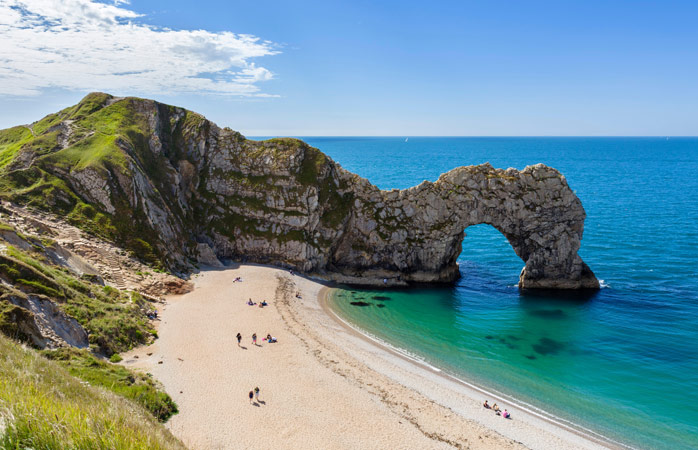
If you want to be able to visualize Jane Austen novels, you should head to Dorset and East Devon Shores, also known as the Jurassic Coast. The endless coastline; It is filled with intriguing rock formations such as red claystone boulders, beaches filled with early dinosaur fossils, peaceful bays, lush grasslands and romantic towns. The most interesting natural landmark among these is Durdle Gate, a limestone arch. Although most limestone layers are horizontal, Durdle Gate extends almost vertically from the sea and is considered one of the wonders of geology. How about a unique souvenir that will remind you of your trip? By hunting for fossils on Charmouth Beach, you can return home with a little piece of natural history that is now yours.
2. Archipiélago de Revillagigedo, Mexico
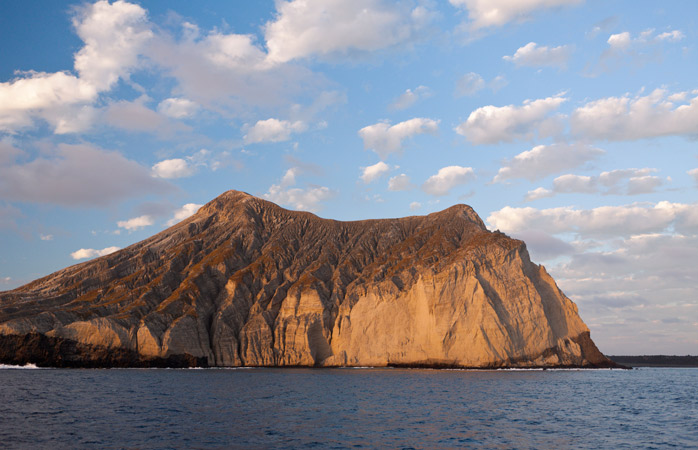
The Archipiélago de Revillagigedo is an archipelago of four volcanic islands in the Pacific Ocean and was inscribed on the UNESCO World Heritage List in 2016. No one lived on these four islands in western Mexico until they were discovered by Spanish explorers in the 16th century. Sometimes called the “little Galapagos,” these Mexican islands have a unique ecosystem that attracts scientists from all over the world. Although it does not contain any touristic facilities, curious tourists who want to explore the vegetation, animal community and geography of the islands visit this place with organized tours. The sea surrounding the islands is also popular with scuba diving enthusiasts, thanks to giant manta rays, sharks and dolphins.
3. Queensland Wet Tropics, Australia
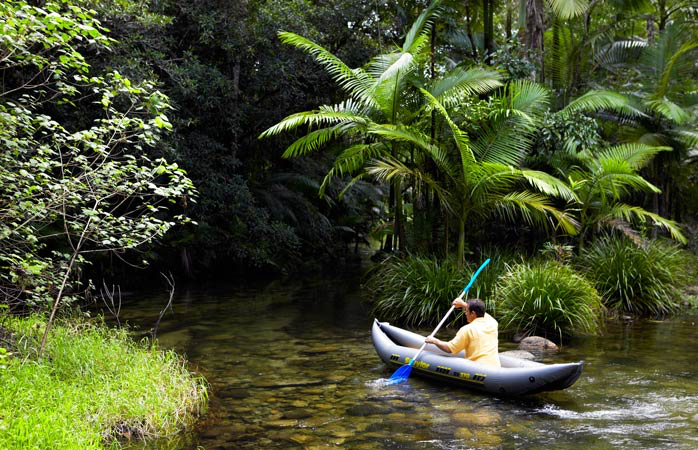
Although it covers only 1% of Australia, Queensland’s Wet Tropics; It is one of the most spectacular rainforests in the world, with rugged terrain, deep valleys, azure rivers and thundering waterfalls. The rainforest stretching along Australia’s northeast coast is home to numerous rare plant and animal species and showcases almost the entire evolution of plant life on Earth. By taking the Walk the Wet Tropics walking tour, you can see 90 different species of orchids, listen to the sounds of some birds that can only be found here, such as the red-green Australian king parrot, and swim in one of the many natural pools.
4. Sichuan Panda Sanctuaries, China
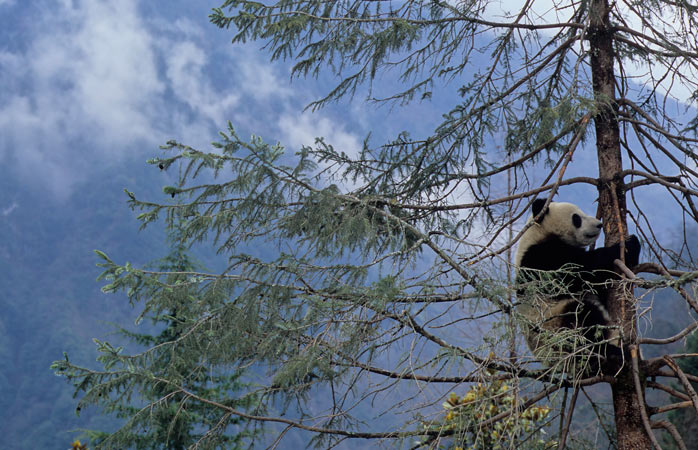
Deep in southwestern China’s Sichuan province, surrounded by huge parks and snow-capped mountains, you can find one of China’s most famous and beloved inhabitants: the adorable pandas. More recently, the World Wildlife Fund considered pandas to be an ‘endangered species’, but successful conservation policies have changed the status of pandas to ‘vulnerable’ and ‘protected’ species. Although this news is encouraging, pandas are still among the species in need of protection due to habitat loss and poaching. Pandas are rare in the wild, but you can meet 150 of them by heading to Wolong National Nature Reserve, one of the largest breeding centers in the country. Here you can see pandas at all stages of their lives, from rat-like infancy to their juvenile form and adulthood where they spend most of their time sleeping and eating bamboo.
5. Aggtelek Karst and Slovak Karst Caves, Hungary/Slovakia
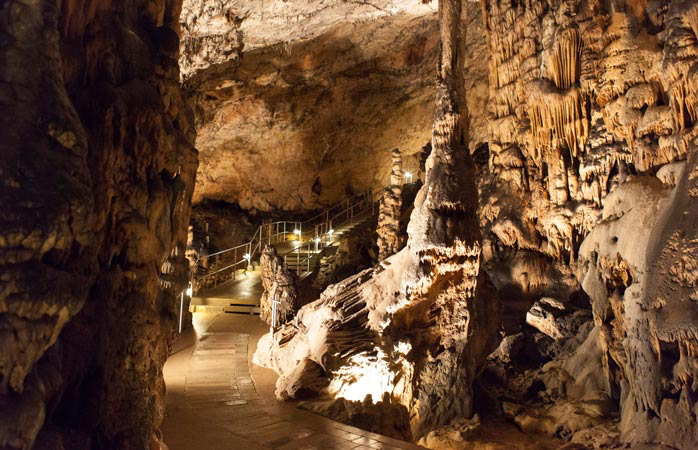
Aggtelek Karst and Slovak Karst, located on the Hungarian-Slovakian border, form the largest cave system in Central Europe with 712 caves. Caves are extraordinary in the diversity of their structures and habitats and have been shaped over millions of years. One of the most important among them is the Baradla-Domica cave complex, which stretches for 25 km towards both countries. Along with many other natural wonders, this underground world also features a dome with top-notch acoustics, allowing visitors to enjoy moments filled with classical music. Dobšinská Ice Cave, where impressive ice formations such as icefalls, stalagmites and glaciers can be seen, are among other prominent caves.
6. Białowieża Forest, Poland/Belarus
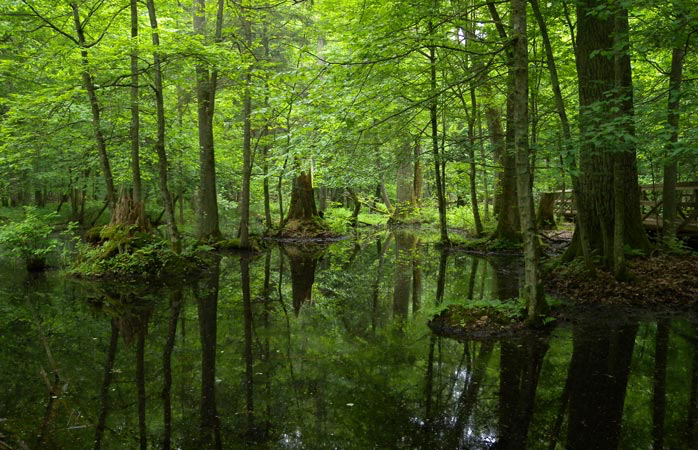
The virgin Białowieża Forest, stretching between Belarus and Poland, is one of the last remaining natural old forests. Large parts of the forest have survived untouched for centuries and therefore today hosts a diverse flora and fauna with a mixture of new and old vegetation. The ancient oak trees continue to grow in diameter each year, and there are even trees named among them, such as the 34-metre-tall Great Mamamuszi and the now-dying King of Nieznanowo. Among the howls of wolves, the whistles of owls, the cries of bunkers and the roar of deer, 900 European bison still live in the 8,000-year-old Białowieża, accounting for 25% of the species’ population in the world. If you are curious about the taste of the forest, you can try the famous Żubrówka vodka, in which there is a grain of grass grown here.
7. Lut Desert, Iran
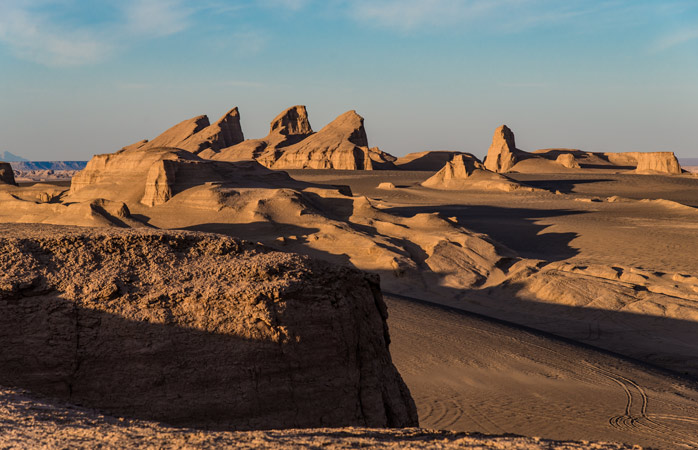
The Lut Desert, located in the southeast of Iran and one of the new places on the UNESCO World Heritage List, is one of the hottest and driest places in the world. The highest ground temperature ever seen was also measured here at 70C. Deserts, which we cannot pass by simply calling them scorching sands, can contain diversity, and Lut is a perfect example for this. While the eastern part of the desert is covered with salts shining white under the sun, parallel slopes and traces shaped by the wind can be seen in the center. Finally, the southeast is a vast area covered with a sea of sand and dunes.
8. Mount Etna, Italy
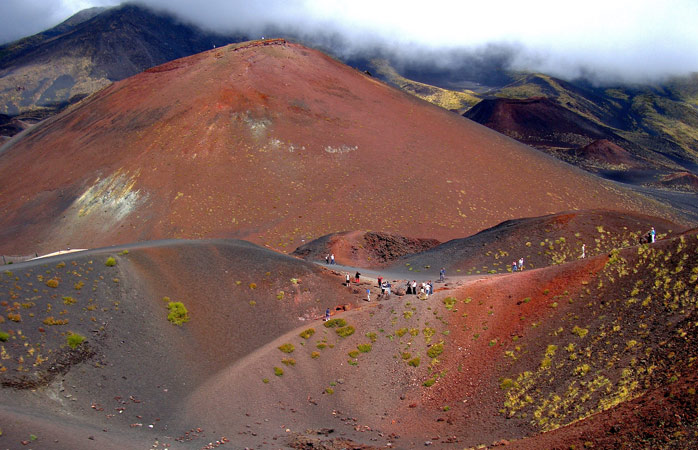
Etna, Europe’s largest active volcano, is an enormous geographical feature located on the east coast of Sicily. The volcano has about 200 documented eruptions dating back to 1500 BC. Wandering around the volcano will not miss the chilling trails the hot lava leaves behind: trails of new lava flows that burn through everything in its path, and rock formations from ancient eruptions that are now covered with pine and birch forests. The best time to visit the volcano is when lava-forming eruptions occur, but there’s no need to worry; because you will watch this visual feast from the craters that offer an unforgettable view at a safe distance. Although eruptions occur regularly, they are unpredictable, so you need to be a little flexible with dates.
9. Geirangerfjord and Nærøyfjord, Norway
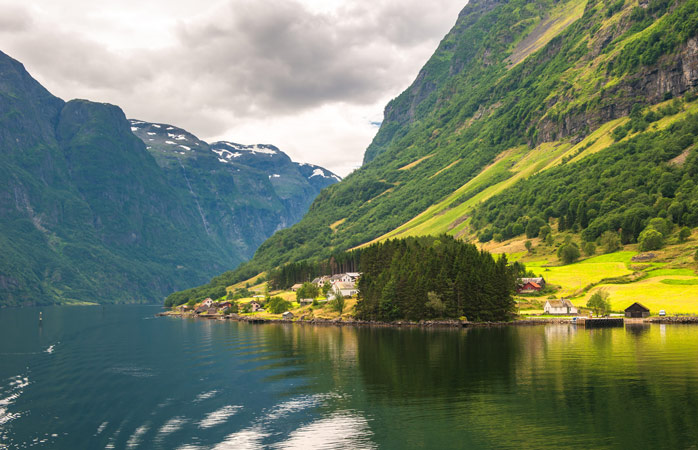
The fjords of western Norway are considered among the most unique places on our planet, and the incredible beauty you will encounter when you get there will make you doubt the authenticity of what you see. To the northeast of Bergen, the Geirangerfjord and Nærøyfjord are 120 km apart and are among the longest and deepest fjords in the world. If you want to visualize fjords: you can think of cliffs half a kilometer high starting right at the end of the sea, waterfalls pouring from incredible heights and waters that shine in blue and emerald colors. Explore the narrow corridors of water by boat or ferry ride and let this picture of water, rocks and greenery take away all your worries. That’s what we call therapy!
10. Yosemite National Park, USA
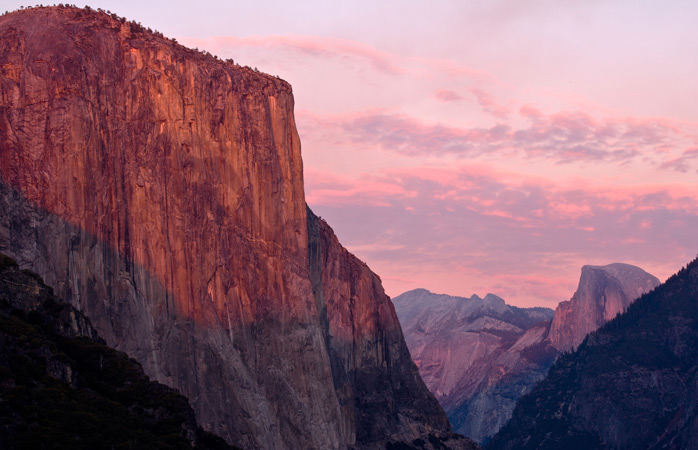
Historical sequoia trees, granite monoliths, dense forests, deep valleys, cascading waterfalls… Welcome to the stunning Yosemite National Park! In addition to the geological and biological diversity it offers, Yosemite was also the scene of human settlement some 10,000 years ago. It is possible to find traces of the locals, who call themselves Ahwahneechee, in the national park. In Yosemite Valley, you can see a complete rebuilt indigenous town with steam huts, acorn barns, ceremonial houses and a chief’s house. Whether you’re hugging a 2,000-year-old sequoia tree, climbing the Half Dome, or picnicking on El Capitan Meadow, you’ll find everything about Yosemite to be absolutely awe-inspiring.





